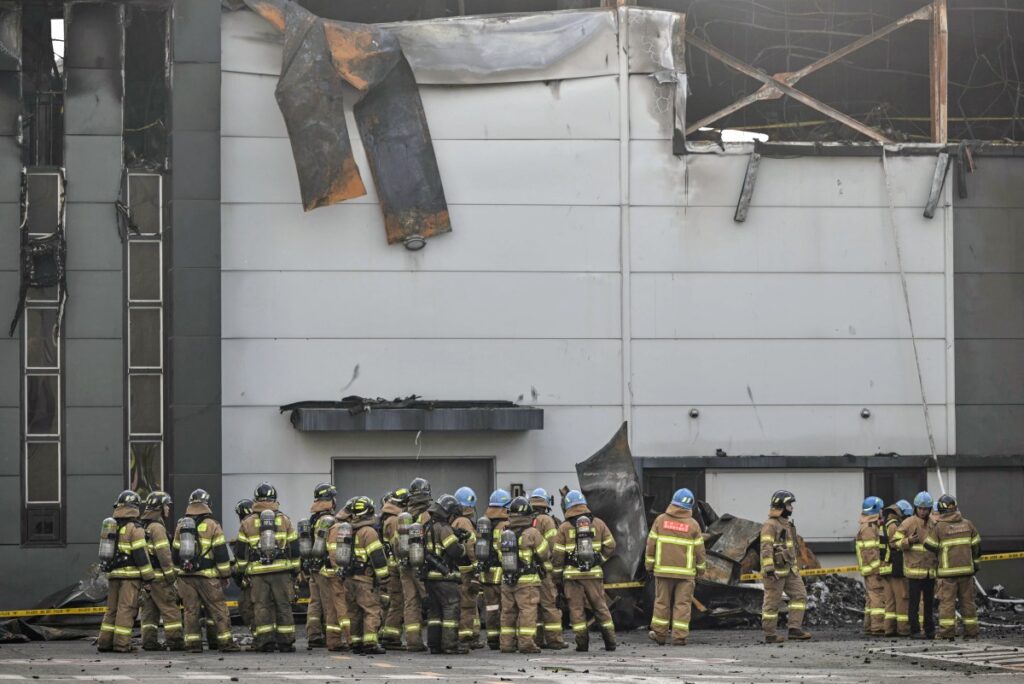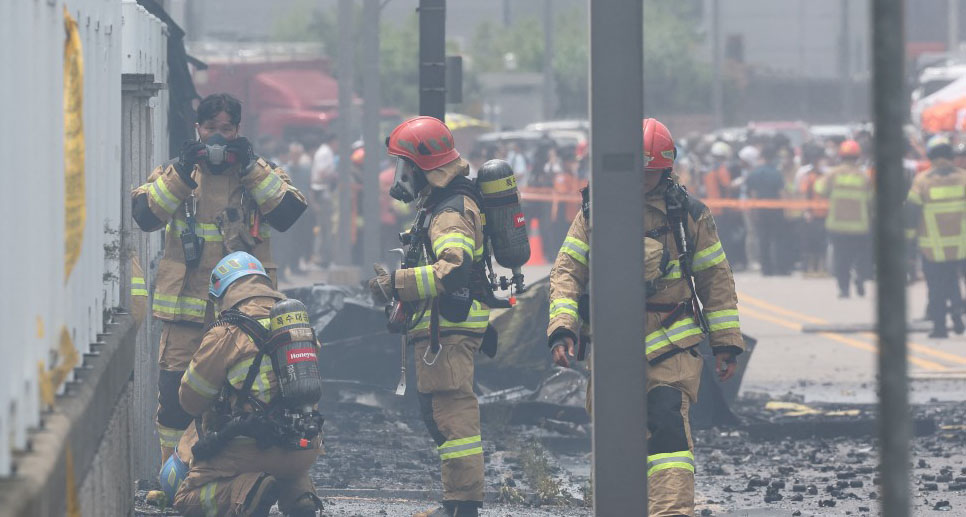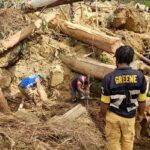
Survivors of a deadly Papua New Guinea landslide face a “significant risk of disease outbreak” and are yet to receive sufficient food and clean water supplies, a United Nations agency said Thursday.
Six days after a mountainside community was buried in a sea of soil, boulders and debris, the United Nations’ migration agency said water sources had become tainted and the risk of disease was soaring.
Much of the area’s water flows through the landslide site — now a 600 metre-long (1,970 feet) graveyard.
“The creeks now flowing from the debris are contaminated, posing a significant risk of disease outbreak” the UN’s migration agency told partners in a rapid assessment report.
“There are no methods being used to treat the water to make it safe for drinking,” it said, warning of diarrhoea and malaria.
For much of the past week, residents of Yambeli and Lapak wards have been digging through countless tonnes of earth in the search for buried relatives.
Eyewitnesses reported the stench of dead bodies had become overwhelming.
Local officials said between six and 11 bodies had been recovered.
Getting clean water, purification tablets and “lifesaving food supplies” to the site were listed as top priorities by the UN’s International Organization for Migration (IOM).
The landslide also severed the main road to and from the community and the link has yet to be cleared.
The confirmed death toll is expected to rise significantly once heavy machinery arrives and works though the disaster zone which measures 90,000 square metres (968,751 square feet).
Enga provincial administrator Sandis Tsaka said it has not been possible to get such machinery, engineers or technical offers to the site yet “because of the risk of unstable land movement”.
– ‘Heads above water’ –
Aid agencies and foreign donors are also concerned that unreliable estimates about the number of dead, injured and displaced are complicating the international response.
“The absence of accurate and timely information on the affected areas and population hinders effective planning and delivery of humanitarian assistance,” the IOM warned.
Papua New Guinea’s Prime Minister James Marape has estimated the number of dead at 2,000, which would make this one of the deadliest landslides in recent memory.
But satellite imagery experts, disaster relief professionals, local officials and diplomats have all told AFP that number is likely vastly inflated.
“For a landslide of this size, this is the sort of loss of life you’d see in a city,” Landslide expert and University of Hull vice-chancellor David Petley told AFP.
“The pre-failure images just don’t support the idea that there was that concentration of people,” he said.
Tsaka, the Enga provincial administrator, told AFP on Thursday that the number of dead was probably in the “hundreds” rather than thousands.
He said traumatised survivors have been unable to provide reliable information on loved ones who are still missing.
“Response teams are starting to gather information — who was there and the number of people impacted,” said Tsaka, who hoped to have initial figures confirmed late Friday.
With some key teams still struggling to reach the disaster zone, he said Papua New Guinea’s response workers were “keeping our heads above water”.













